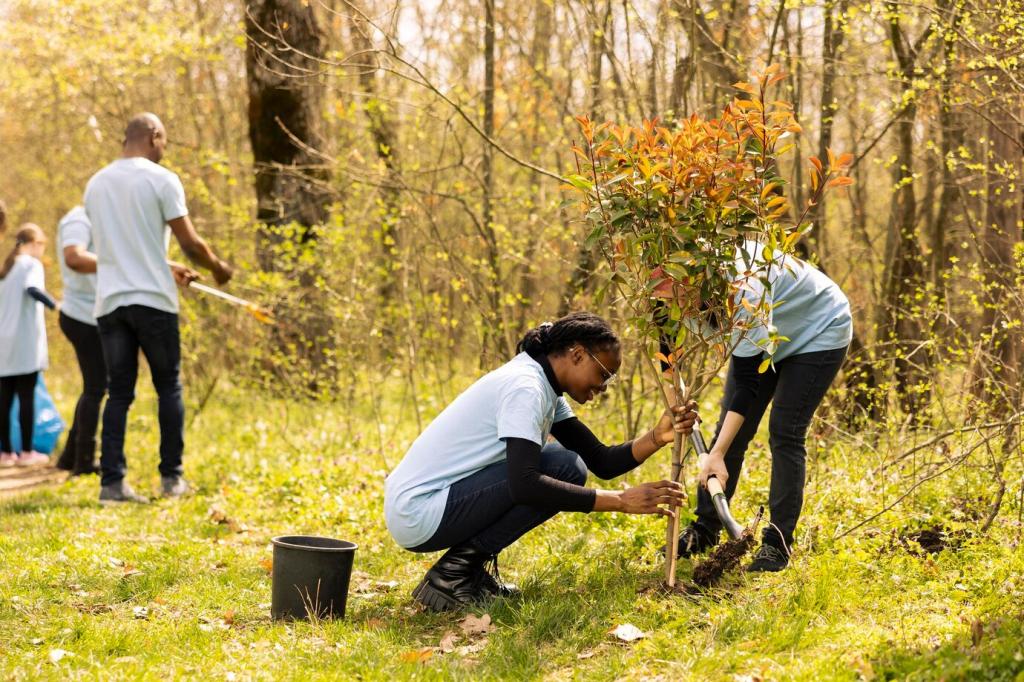
City Planning Meets Urban Microforests
Chosen theme: Implementing Urban Microforests in City Planning. Step into a living blueprint for cooler streets, richer biodiversity, and happier neighborhoods—microforests designed, planted, and protected right where city life is busiest.
Why Microforests Belong in City Planning
Densely planted microforests reduce urban heat through shade and evapotranspiration, improving thermal comfort on sidewalks and bus stops. In pilot blocks, surface temperatures near compact forest patches dropped noticeably on heatwave afternoons. Tell us where a pocket forest could cool your commute or school run.
By prioritizing native trees, shrubs, and groundcovers, microforests offer layered habitat for pollinators and birds, even in lots under 200 square meters. Diversity at small scales invites surprising species. Post a comment with your city and we’ll suggest a starter native list you can advocate for locally.
Walking by dense green thickets lowers stress and invites moments of curiosity, especially when signage explains the living system. Residents who help plant report deeper stewardship pride. Share a short story: when did a tiny green space change your day, and how could a microforest multiply that feeling?
From Lot to Leaf: Step-by-Step Implementation
Start with sun exposure, utilities, and pedestrian desire lines. Run infiltration tests and check for contaminants typical of urban fill. Where soils are compacted, mechanical loosening plus organic amendments jumpstart roots. Comment with a Google Maps pin of your candidate site, and we’ll suggest a preliminary assessment checklist.
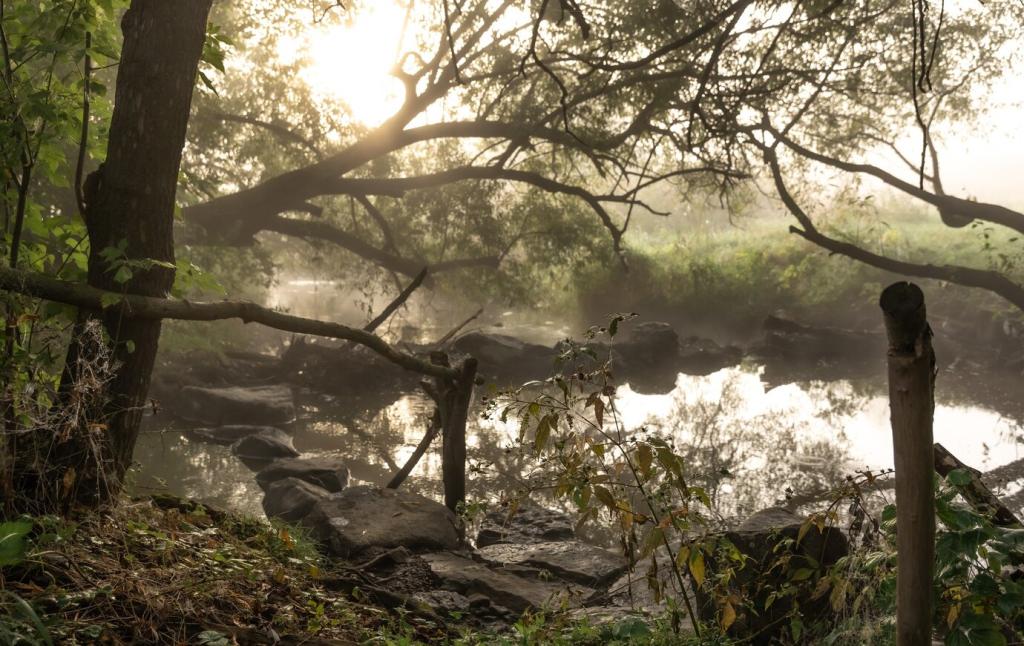
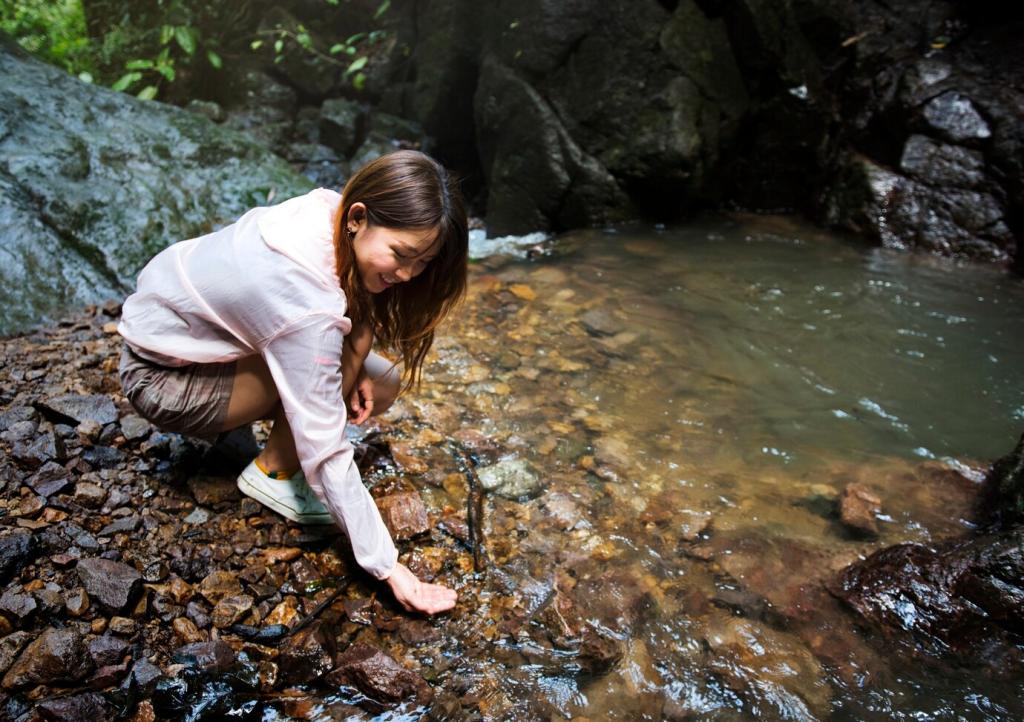
From Lot to Leaf: Step-by-Step Implementation
Design for layers: canopy, subcanopy, shrub, and herbaceous groundcover, selecting locally adapted natives that share symbiotic relationships. Group species by moisture needs and mature heights. Want a free printable stratification guide for your ecoregion? Subscribe and tell us your city and USDA or Köppen zone.
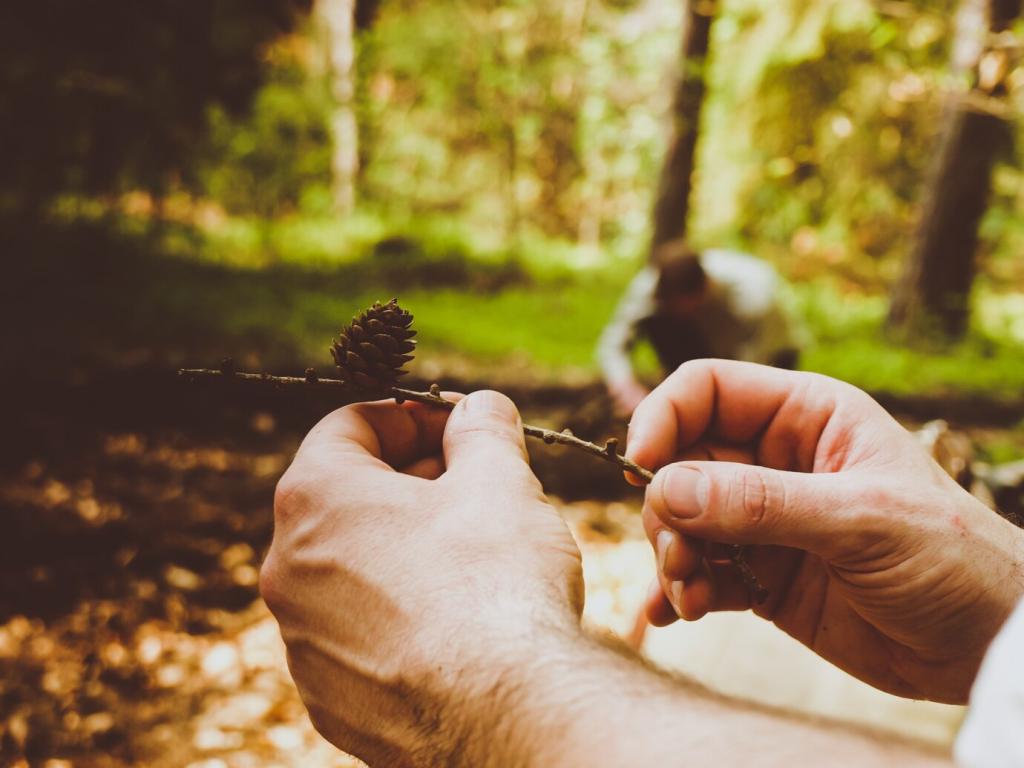
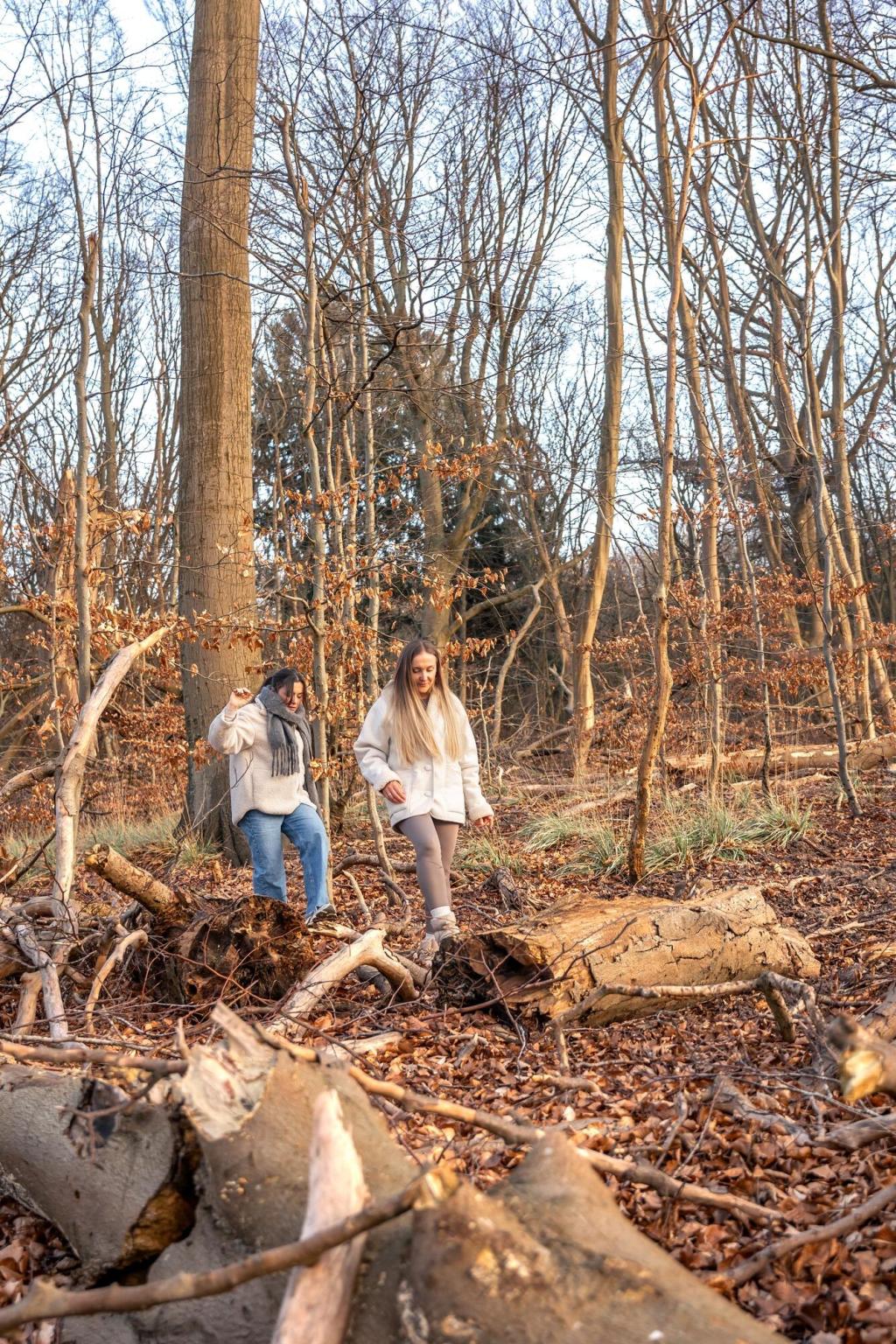

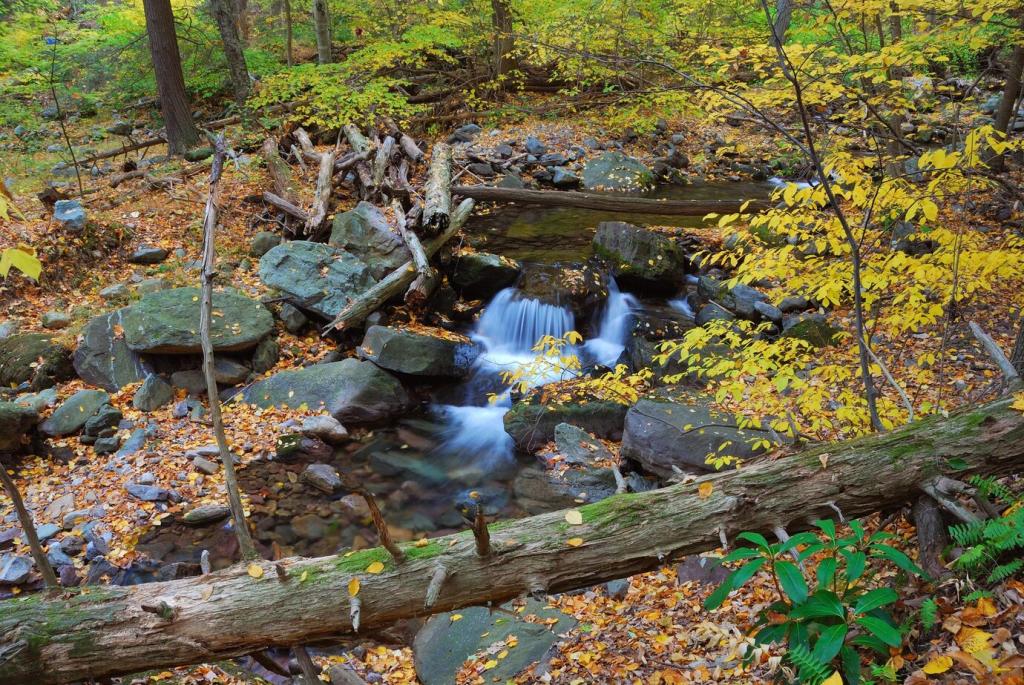
Thermal Comfort and Air Quality
Use affordable loggers to track air temperature, humidity, and radiant heat before and after planting. Note shade patterns at noon in July. Add low-cost particulate sensors near traffic. Share your baseline data and we’ll highlight comparison methods to make your first growing season’s gains visible.
Biodiversity Monitoring
Organize seasonal bioblitz events using iNaturalist and eBird. Track pollinator presence with timed floral visits and photo quadrats. Over time, layered structure invites richer insect and bird communities. Tell us your favorite city species, and we’ll recommend microhabitats to welcome it into the new forest.
Social Metrics and Storytelling
Short bench-side interviews, QR code surveys, and before–after photo diaries capture human impact. Map how often people linger and why. Personal stories make the case to decision-makers. Contribute a quote about your experience under a pocket canopy; we may feature it in our next community report.
Case Stories to Inspire Your Next Block
01
A heat-baked curb extension became a dense native thicket in two years, reducing radiant heat for café workers on late shifts. The city allowed a small curb cut for stormwater inflow. If your neighborhood has a similar sliver, drop a pin—we’ll help sketch a simple retrofit.
02
Near a busy intersection, chronic puddles vanished after soil decompaction, compost integration, and layered planting. Local businesses sponsor seasonal mulching days. What persistent puddle or dust patch annoys you? Describe it and we’ll propose a microforest hydrology tweak tailored to your block.
03
Students planted native saplings in tightly spaced clusters, then logged growth and insect sightings as part of science class. The once-barren edge now hosts shade and birdsong by recess. Share your school’s constraints, and we’ll send age-appropriate lesson ideas linked to planting and monitoring.
